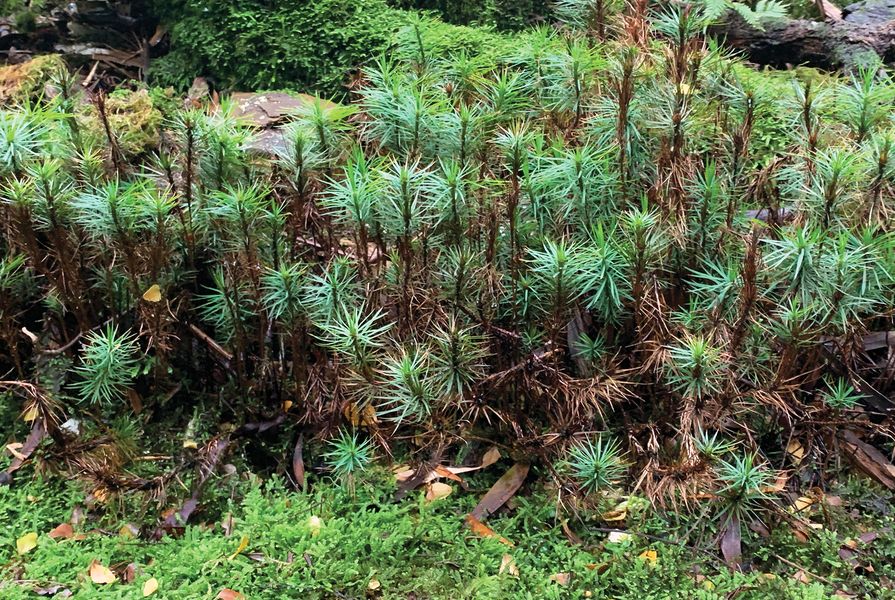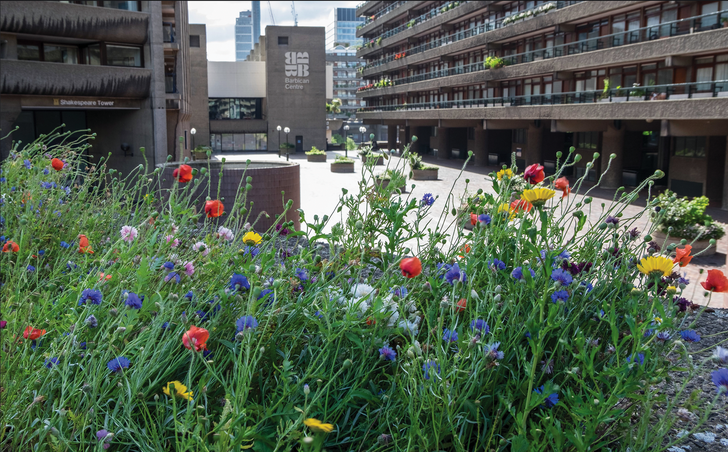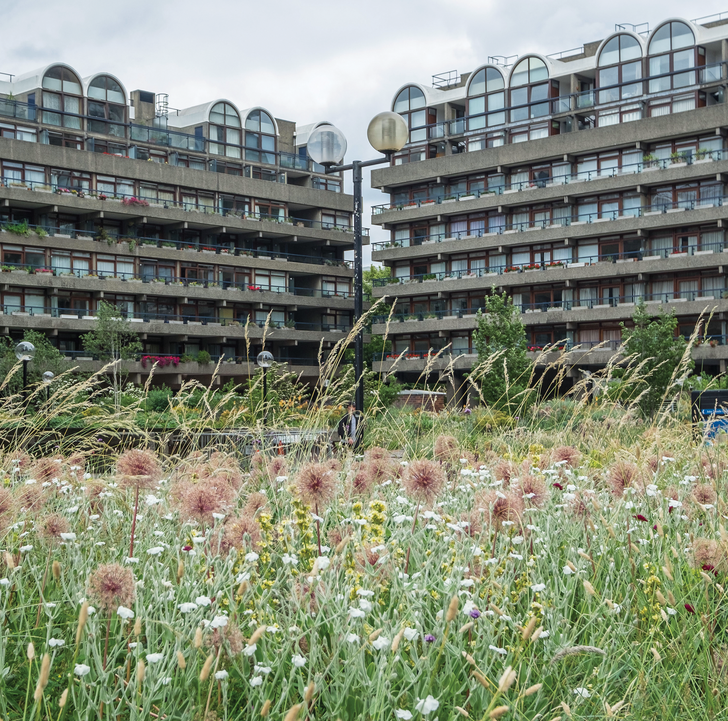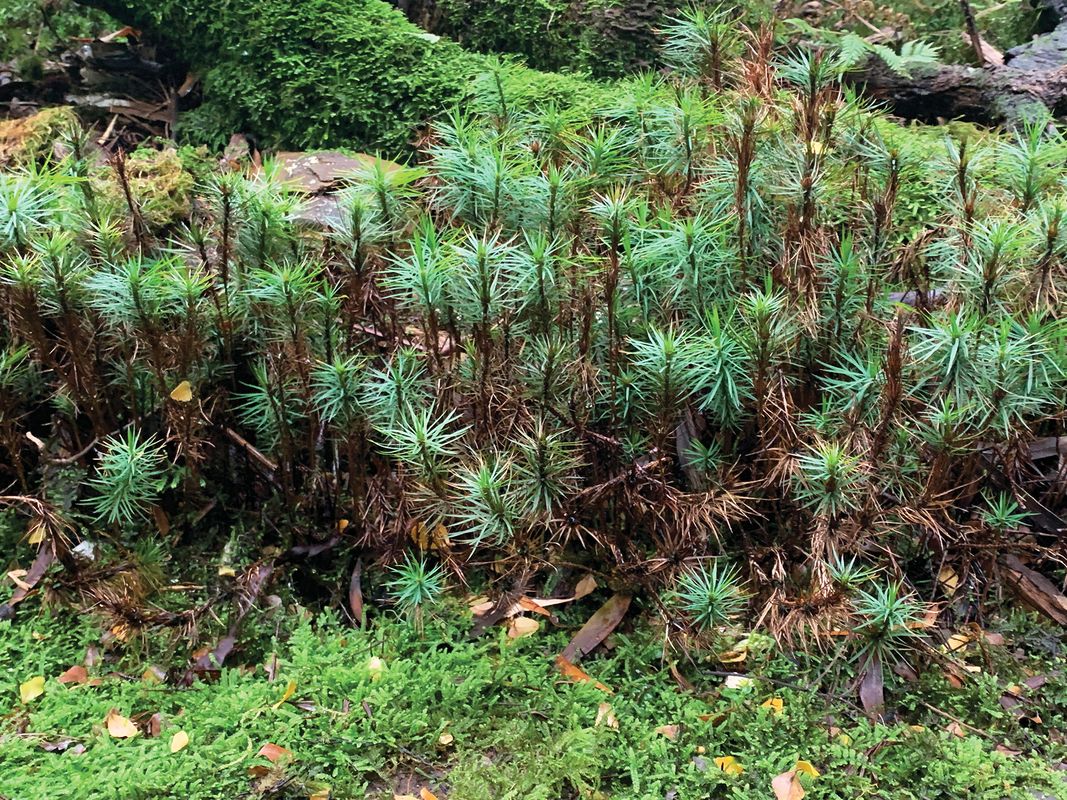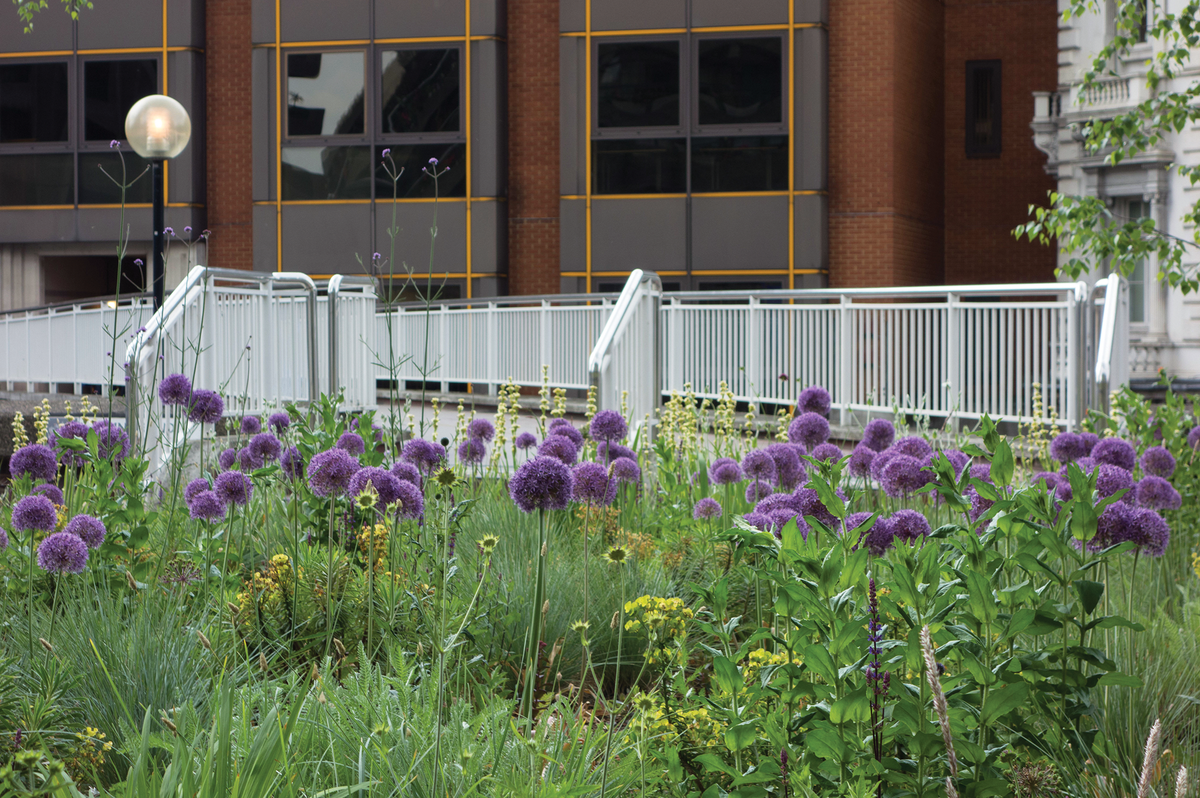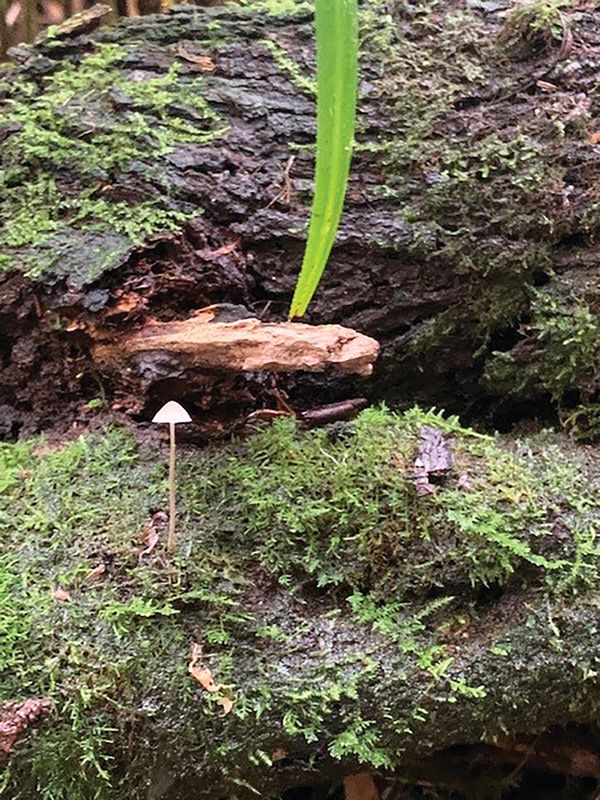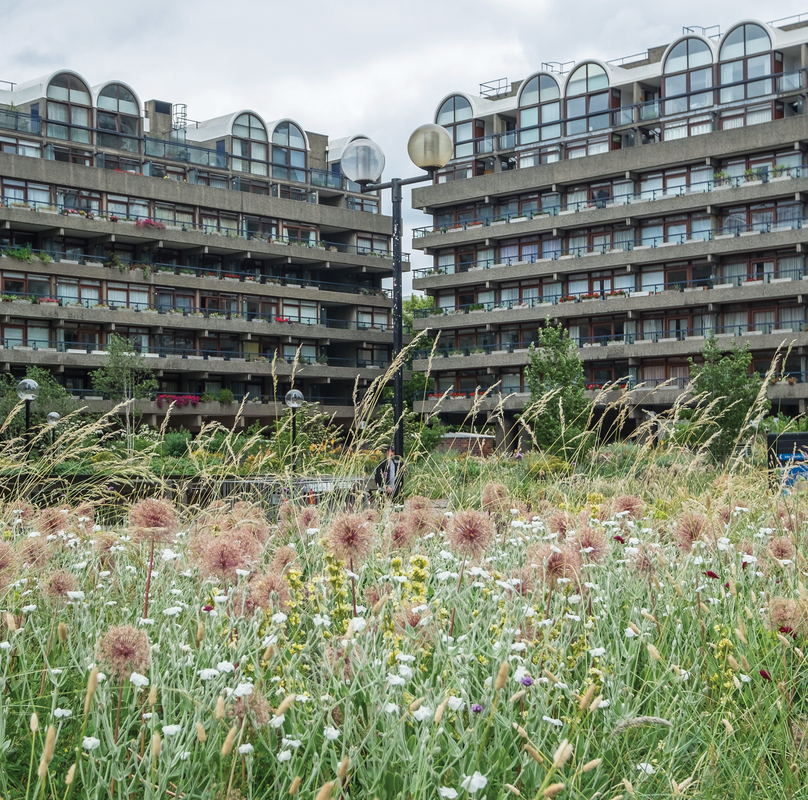Small plants are often overlooked in our planting designs. Compared to larger plants, they can be harder to cultivate and grow, they have lower perceived value, they’re more easily taken over, and they don’t necessarily have the same immediate impact. Emerging green infrastructure resources, such as the City of Melbourne’s Green Factor tool, also prioritize larger plants. Yet most plant species are relatively small.1 Despite their size, they can have great cultural, ecological, aesthetic, health and wellbeing, and environmental value – and have the potential to cultivate attentiveness and a sense of wonder in those who cultivate them.
Small plants have a reputation for being unimpressive. Late in 2022, Royal Botanic Gardens Victoria director and chief executive Tim Entwisle expressed his disdain for Victoria’s floral emblem, the common heath (Epacris impressa). Entwistle described it as “inadequate,” “underwhelming” and “scrappy.”2 Maybe his opinion piece in The Age was tongue-in-cheek, but it sparked some emotion in me and got me thinking about how we value different species – and the power we have when specifying them.
Many of our ecological communities rely on small plants and are particularly characterized by them. Grasslands, heathlands and marshes, for instance, are all dominated by small plants. The wonder of walking through the heathlands at Anglesea in regional Victoria is noticing these tiny spectacles. Zooming in on the delicate edges of the common fringe-lily (Thyusanotus tuberosu), the rambling trail of the scarlet coral pea (Kennedia prostrata), the rich redness of the tiny scented sundew (Drosera aberrans) or, indeed, the arresting common heath (Epacris impressa) reveals a world at the scale of insects. Small plants demand proximity and careful observation – they require you to get up close.
The design team elevated the forest floor to eye level at focal points of the Forest Gallery, bringing humus, fungi, moss and groundcovers to the fore.
Image: Jess Stewart
Looking closer
After more than 20 years of growth, the Forest Gallery (designed by TCL in collaboration with Paul Thompson) at the Melbourne Museum is thriving. To meander through the gallery is to see the designer’s hand in an impressive gradient from apparent simulation to abstract representation of Victoria’s cool temperate rainforests and wet sclerophyll forests. The large plants in this garden provide much of the structure, atmosphere, character and shade conducive to the experience of the forest; but it is the small plants – and visitors’ ability to get right up to them – that provide the sense of wonder, surprise and joy. The moss growing on damp deadwood, the sparkling clusters of Dawsonia superba and the bright emerald fronds of Blechnum fluviatile all provide textural and tonal delight in this gallery garden.
The experiential Forest Gallery offers the chance to look closer, to notice what often goes unnoticed. TCL elevates the forest floor to eye level at focal points of the gallery, bringing humus, fungi, moss and groundcovers to the fore. This promotes the educative value of these small plants, revealing ecosystem processes and showing the potential ecological contributions of designed landscapes in the city. In 2007, the museum staff even discovered that the gallery harboured a rare stinkhorn fungus (Pseudocolus fusiformis) that has only been recorded in four Victorian locations.3 The fungi’s small, visible fruiting bodies are insignificant among the tall trees and large ferns, but they represent a vastly important role in our ecosystems.
Although not technically plants, fungi are crucial organisms in decomposition processes of organic matter and present possible solutions for the difficulties small plants sometimes pose, such as being harder to cultivate and grow. Paul Thompson notes that the structure and midstory of the gallery landscape today remain largely similar to what was installed 20 years ago, but it is the understory that has evolved, with the smaller plants defying the design team’s expectations to find their own niche where conditions can support them. In this way, the smaller plants here exemplify landscape as process rather than object. For example, the ambitious procurement method for the Forest Gallery’s trees and shrubs – which were sourced with their sandy soil from sites earmarked for clearfelling – may have enabled the gallery to foster species that weren’t deliberately included as part of Thompson and TCL’s plant schedule.4
Foregrounding cultural and ecological values
The South Eveleigh Native Rooftop Farm in Sydney was designed by Yerrabingin and unveils the cultural, culinary, medicinal and utilitarian importance of small plants. The farm combines food production, cultural education, Indigenous employment opportunities, sustainable practices and wellbeing principles in an entrepreneurial space.
Plants such as chocolate lily (Dichopogon strictus), river mint (Mentha australis) and murnong (Microseris lanceolata) embody deep cultural knowledge and land management practices. Some clients (and professionals) may perceive murnong as unattractive or weed-like, yet it has significant cultural value: it was an abundant staple food source in Victoria prior to colonization. Now it is rare and, partly because of the perceptions noted above, it struggles to find a way into landscape architects’ plant schedules.
At South Eveleigh, though, the plants have been chosen for both their cultural values and their ability to thrive in the challenging conditions of the rooftop site, which has limited soil and is exposed, windy and subject to periods of drought. The garden also highlights the ecological value of some of these small plants, providing habitat and food sources to native urban birds and insects, such as the willie wagtail (Rhipidura leucophrys), Australian magpie (Gymnorhina tibicen) and honeyeater (Meliphagidae).
Evoking the passage of time
While outside the Australian context, London’s Barbican is seductive. An iconic architectural treasure, the complex is not typically recognized for its planting, which is varied, surprising, thoughtful and joyous. Wandering through the centre’s labyrinth of curious spaces is a rich, diverse experience; temperate and arid species have been thriving in the conservatory for more than 40 years. A smorgasbord of trailing plants drips from residents’ balconies, and aquatic plants adorn the ground’s geometric water gardens.
A continually shifting colour palette of plants at the Barbican elicits surprise and wonder and highlights the passing of time.
Image: Anna Heath
A kaleidoscopic display of plantings at the Barbican creates texture and invites closer observation by residents and visitors alike.
Image: Anna Heath
Following 2013 re-waterproofing works, UK-based planting designer Nigel Dunnett redesigned the planting on the roof gardens. Plants such as yarrow (Achillea millefolium), meadow sage (Salvia nemorosa), Catlin’s Giant (Ajuga reptans) and Jack Frost (Brunnera macrophylla) contribute to the cacophony of colour in this diverse and dynamic transformation. In garden beds, small plants can be taken over by larger plants, but the steppe plantings at the Barbican are devoid of these. The open, kaleidoscopic display is below eye height and can be taken in en masse. The collective effect of the many small plants is impressive while, equally, it is possible to marvel at individual flowers. Yet the real value of this installation is in the diversity of plants, the successive periods of flowering and the dynamic nature of the gardens, which all contribute to resident and visitor health and wellbeing. The ever-changing colour palette elicits surprise and wonder; draws attention to seasonality and the passing of time; and encourages lingering, wandering and revelling in the gardens.
Large plants certainly have value and contribute significantly to carbon sequestration, ecological processes, the cooling of cities, and health and wellbeing. But we should also consider the more modest species to ensure that we encourage biodiversity and provide unexpected pleasure in everyday experience.
1.Lonnie W. Aarssen et al., “Why are there so many small plants? Implications for species coexistence,” Journal of Ecology, vol. 94, no. 3, May 2006, 569–580.
2.Tim Entwisle, “It’s time to ditch Victoria’s floral emblem – here’s what it could be,” The Age, 26 December 2022.
3.“Rare stinky fungus found in Melbourne,” The Sydney Morning Herald, 30 May 2007.
4.Luke Simpkin, “Melbourne Museum’s Forest Gallery,” Trees and Natural Resources, vol. 43, no. 1, March 2001, 11–12.
Source
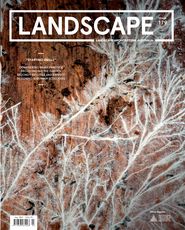
Practice
Published online: 3 Aug 2023
Words:
Jess Stewart
Images:
Anna Heath,
Jess Stewart
Issue
Landscape Architecture Australia, August 2023

